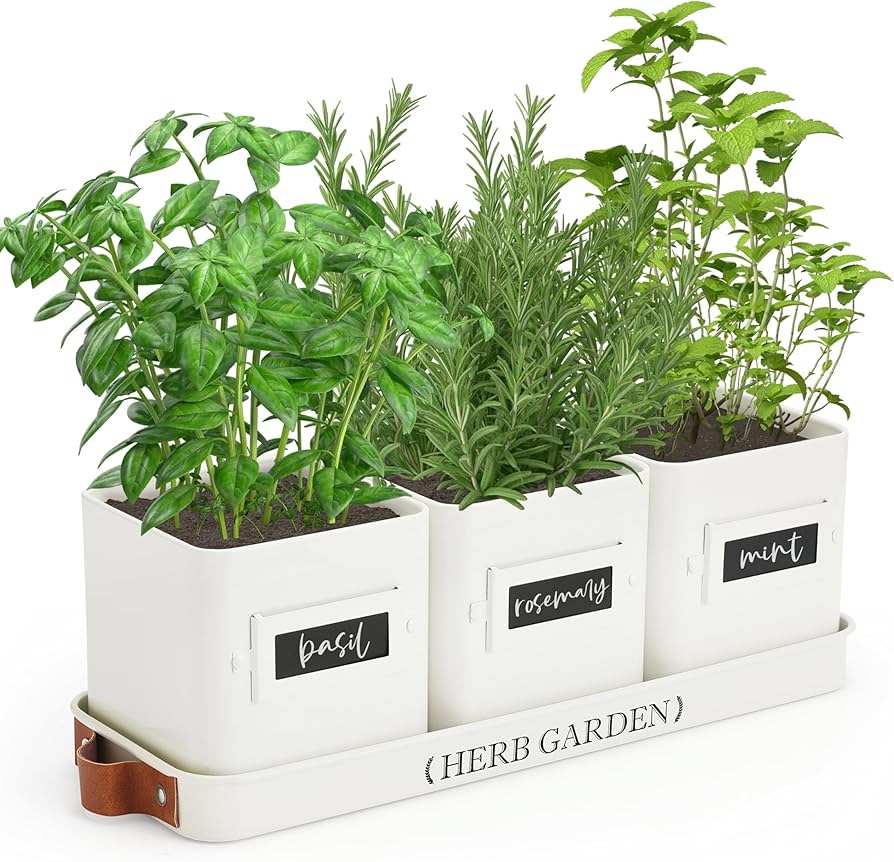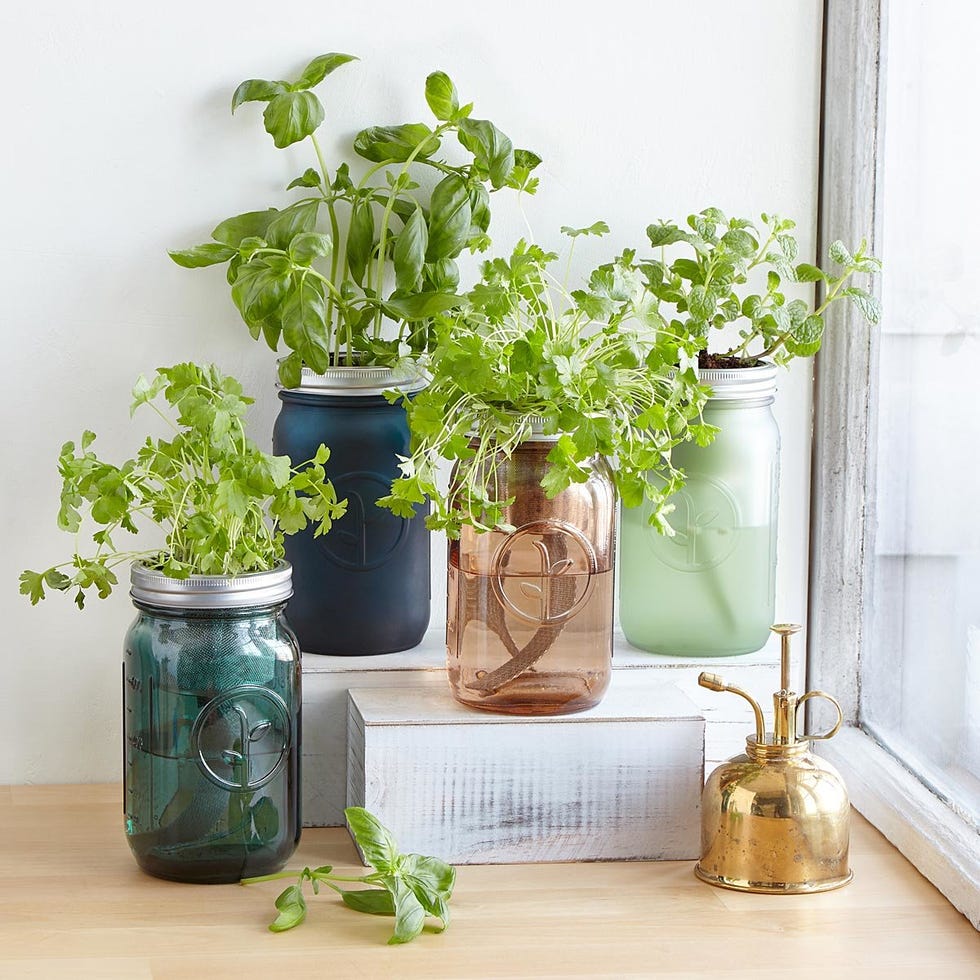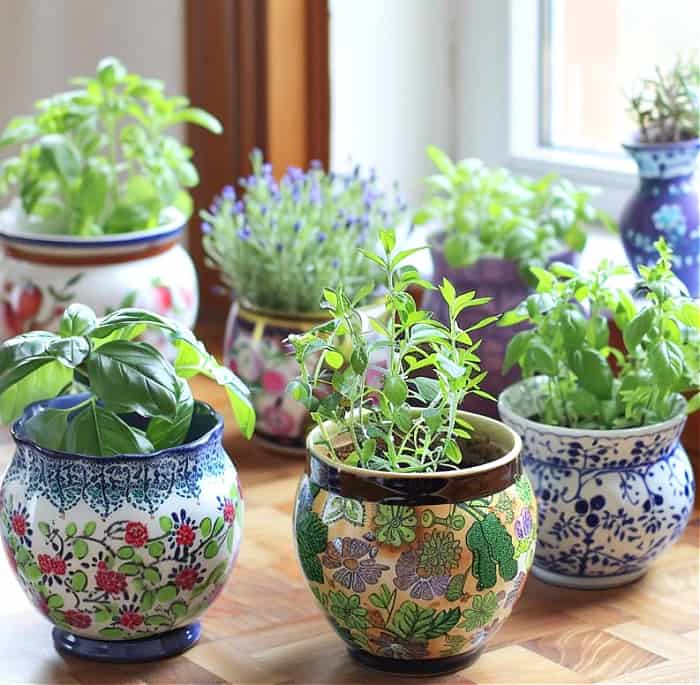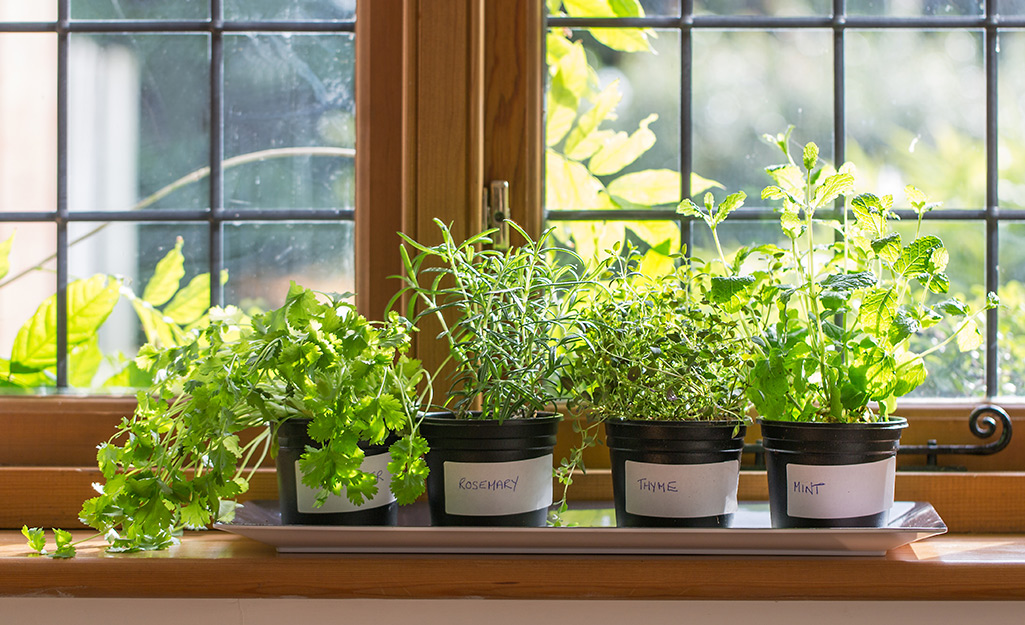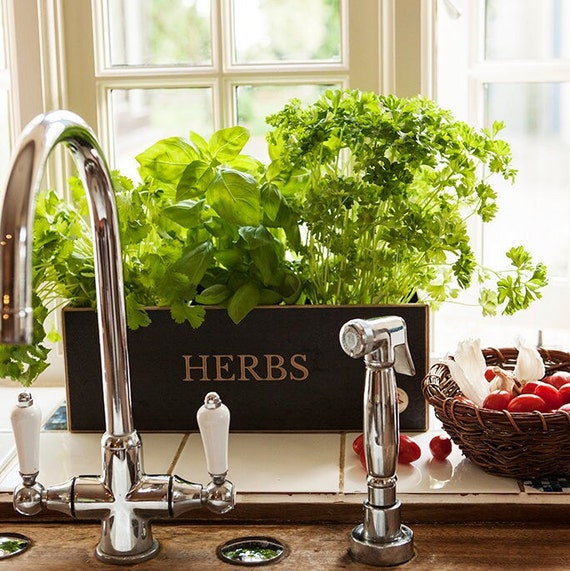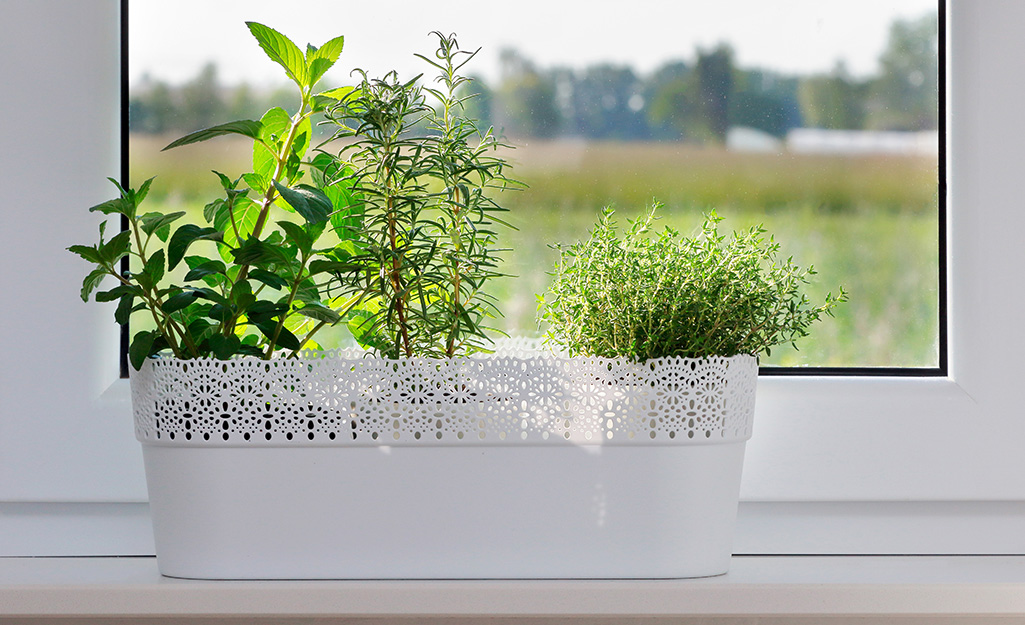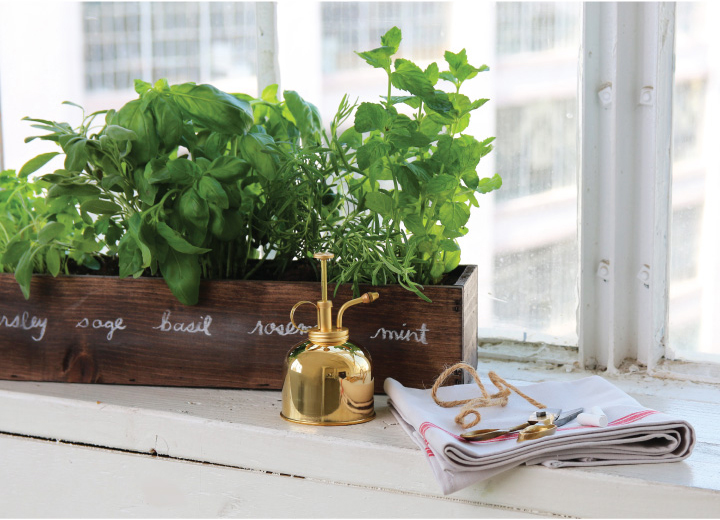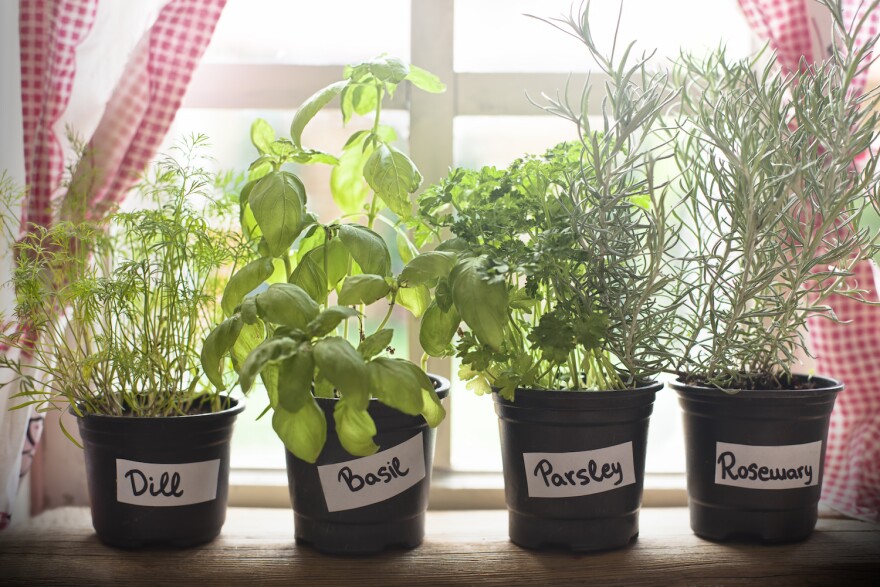Pot Size Matters: Minimum Depths for Herbs
Most culinary herbs need containers at least 15cm deep to develop healthy root systems. Basil, parsley, and cilantro thrive in 15-20cm pots, while rosemary and mint require 20-25cm depth for vigorous growth. Shallow containers restrict roots, leading to stunted plants and frequent watering. Choose width based on mature plant size: 10-15cm diameter for single herbs, 25-30cm for multiple plants.
